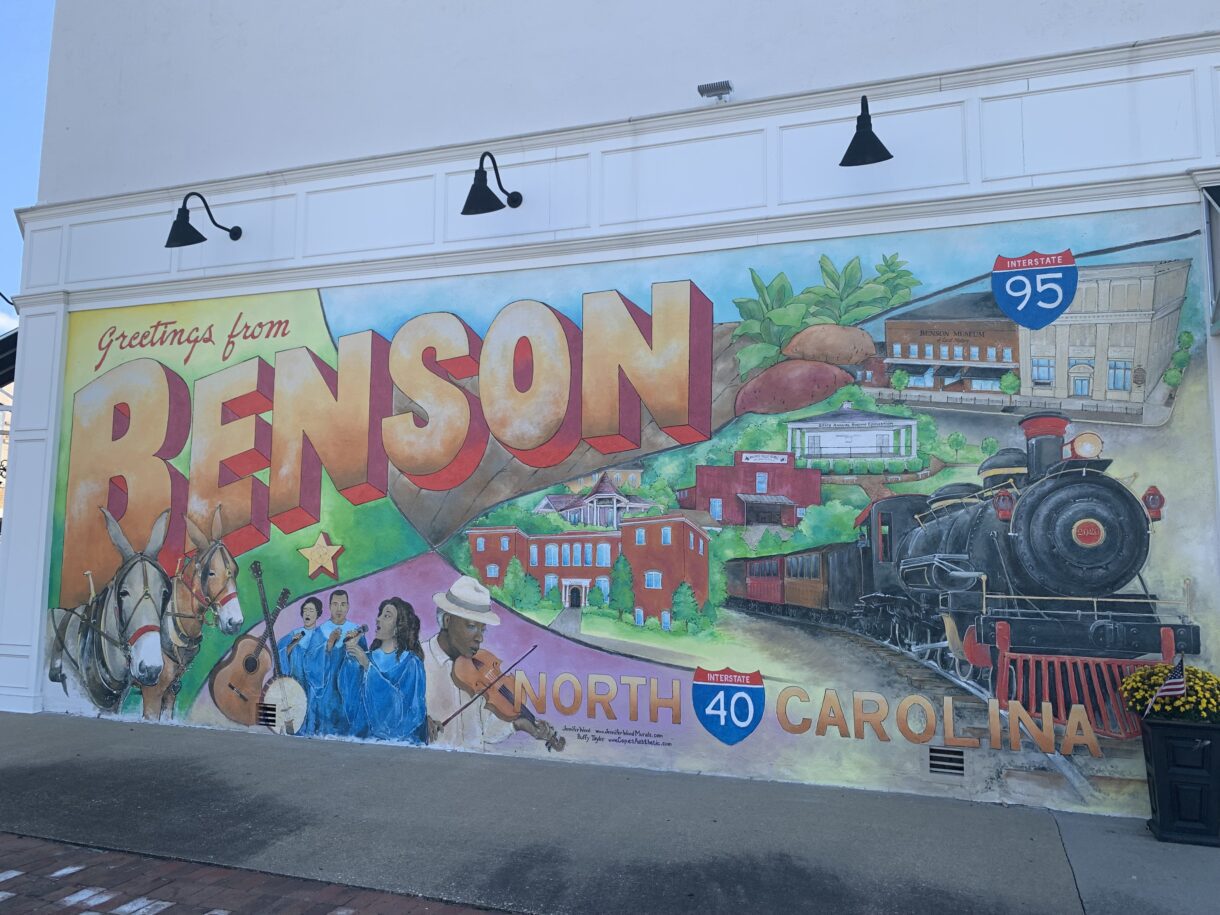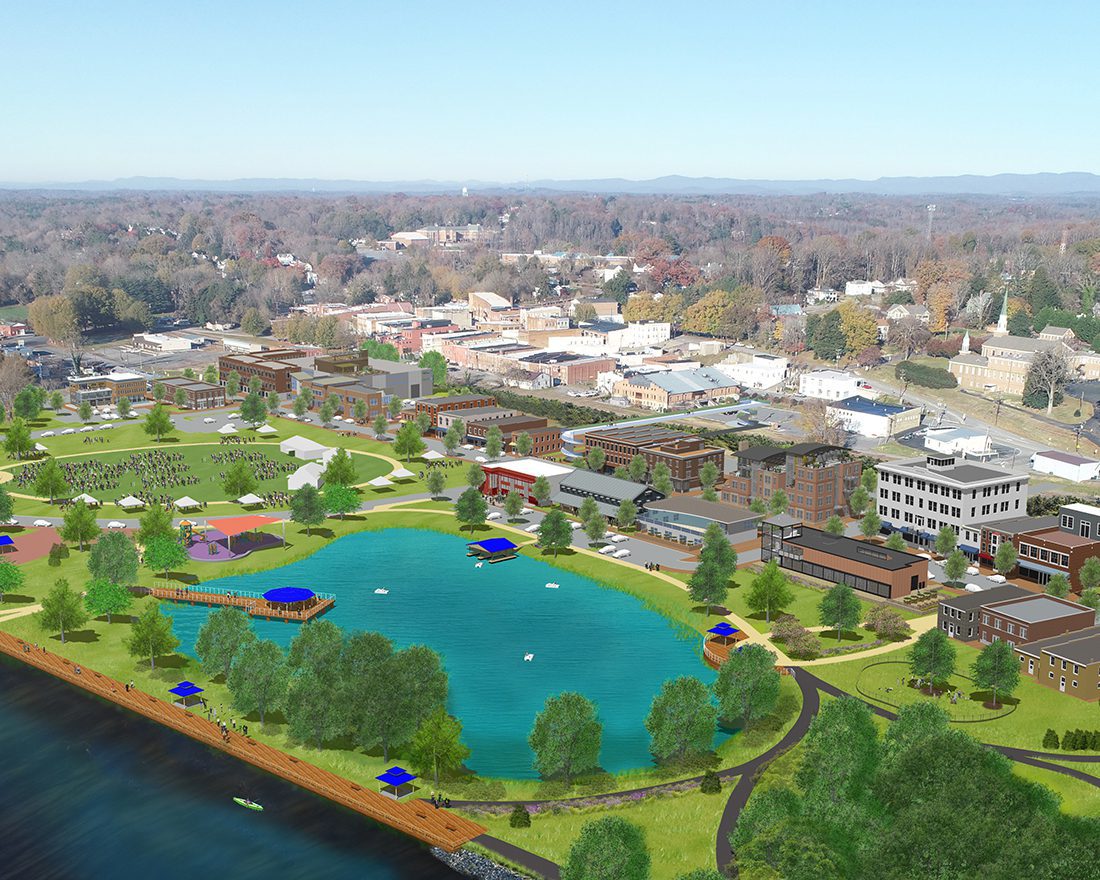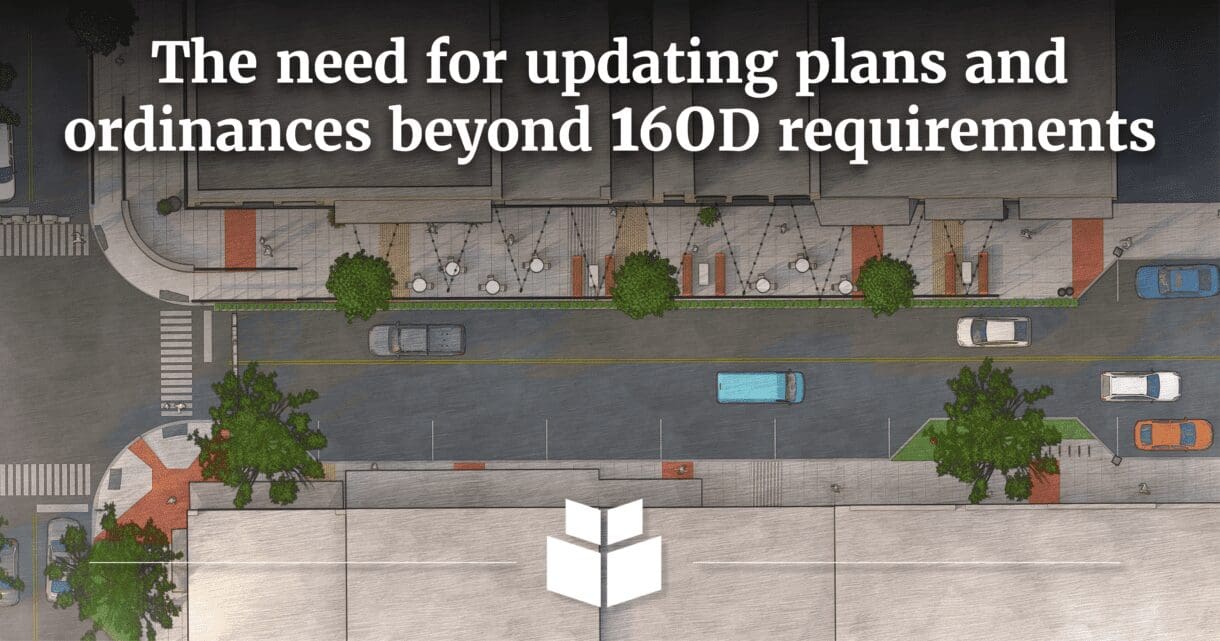
Ensuring the vitality and sustainability of our communities requires more than just envisioning grand projects: it demands a strategic alignment with comprehensive plans and zoning ordinances.
Chapter 160D: Ensuring the future of comprehensive planning
In North Carolina, the foundation for such undertakings lies with Chapter 160D of the General Statutes, legislation enacted in 2019. This law consolidated city- and county-enabling statutes into a unified chapter, setting forth guidelines for development regulations.
Did You Know?
While the requirement for comprehensive land use plans wasn’t implemented statewide until Chapter 160D, coastal counties have long been subjected to the Coastal Area Management Act (CAMA), which has functioned in a similar capacity but under a different legislative mandate. Now that Chapter 160D has been established, comprehensive plans are mandatory for local governments to impose zoning regulations.
Why should a local government update its comprehensive plan?
Nothing remains the same forever, change is inevitable and so is the case with local government. Population changes, costs rise and fall, infrastructure wears, and opinions of elected officials fluctuate. No one can expect the data, background, or conclusions of the comprehensive plan to remain the same year after year. Comprehensive planning is usually completed with a focus on the next 10 to 30 years but even with the forethought, most communities will need to revisit and update their plans to address population, economy, housing, utilities, parks and recreation, environmental concerns, and other aspects important to their municipality.
What is the relationship between the Comprehensive Plan and Ordinances?
Picture this: you aspire to infuse your locality with a touch of Southern charm, envisioning streets adorned with dogwoods lining the thoroughfares. Sounds straightforward, doesn’t it? Simply plant the trees, install a verdant median, and voila! Yet the reality is much more complex: it includes repaving the streets with wider sidewalks, relocating utilities, getting buy-in from adjacent businesses and private property owners, mitigating the impacts on their businesses during construction, and coordinating with other agencies.
Governing bodies must ensure that their long-range vision and plans accommodate such transformations. If existing ordinances permit the envisioned design, the process can proceed smoothly; however, if amendments are necessary, it’s imperative to initiate the process of revising ordinances while maintaining alignment with the comprehensive plan.
“The comprehensive plan serves as a guiding document for these communities,” WithersRavenel Senior Planner, Karen Mallo, AICP states. “Development ordinances, however, are adopted just like any other law in a community and used to implement the vision in the comprehensive plan. Since ordinances are the regulatory tool used to employ goals and objectives set forth by the community, it is vital that there is a nexus between them and the plan. Regulations should be revisited and updated in accordance with the plan through input from staff, the planning board, governing bodies, and the public.
In essence, By continuing to have community-visioning discussions and transparent public planning, local governments pave the way for vibrant, resilient, and thriving neighborhoods that foster a welcoming environment to work, play, and live.
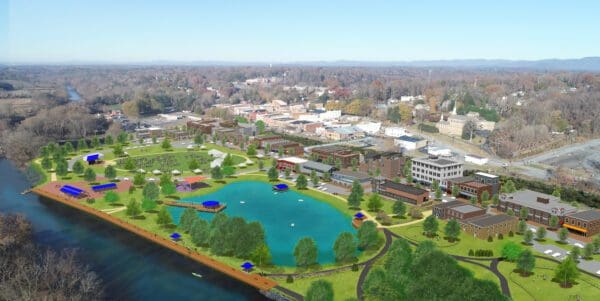
Comprehensive plans take into account community input and vision to guide the way for a welcoming environment to work, play, and live.
How often should a local government update its comprehensive plan?
For local governments contemplating transformative changes, the question arises: how frequently should comprehensive plans be revisited beyond the mandates of Chapter 160D? ,
“Generally speaking, the UNC School of Government has recommended updating your comprehensive plan every five- to seven-ish years. Five years if you’re growing and changing quickly, and longer if your community is more static,” Karen states. “This is because a comprehensive plan considers all your municipal facilities and services: it looks at utilities, planning and zoning, parks and recreation, and so on. These conversations and visioning also help with capital expenditure planning and budgeting. You have to ask yourself, where do you see your community in the next 10, 20, or 30 years? Where do we want to be?”
While thinking that far ahead might feel daunting, it’s paramount for the progress and continued development of the places we call home.
What parts of a comprehensive plan need to be updated?
There are several things that a local government should look at when they’re going through this process:
- When was the last time we had a comprehensive plan done?
- How fast are we growing?
- Do we anticipate new business opportunities?
- Do we have sufficient utilities to support growth?
- Do we have amenities and adequate public services for our residents?
All of these things should be considered when building the framework for a comprehensive plan.
Similarly, updating or revising zoning ordinances must be consistent with the comprehensive plan. This typically happens after the comprehensive plan is updated and after the community has provided input on what they want in the updates. A well-designed downtown, for instance, should be protected through zoning regulations that reflect the community’s identity and aspirations. By aligning zoning ordinances with the goals and objectives outlined in the comprehensive plan, local governments ensure coherent and purposeful development that enhances the quality of life for residents.
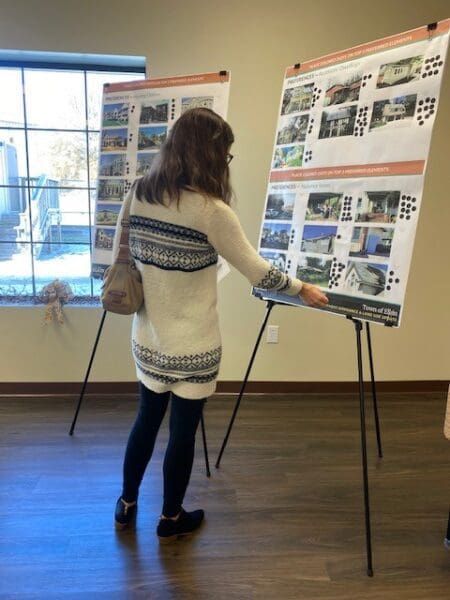
Community engagement is vital in creating a plan that encompasses the voice of the residents.
How to start updating your comprehensive plan.
Keeping Chapter 160D in mind, WithersRavenel works with local governments to build upon their community vision and create a document that works for the State, municipality, residents, and property and business owners. Our plans not only satisfy state requirements but also go beyond to advance local initiatives and priorities.
Want to learn more about comprehensive plans and how we approach planning? Reach out to WithersRavenel Senior Planner Karen Mallo, AICP, at kmallo@withersravenel.com.

